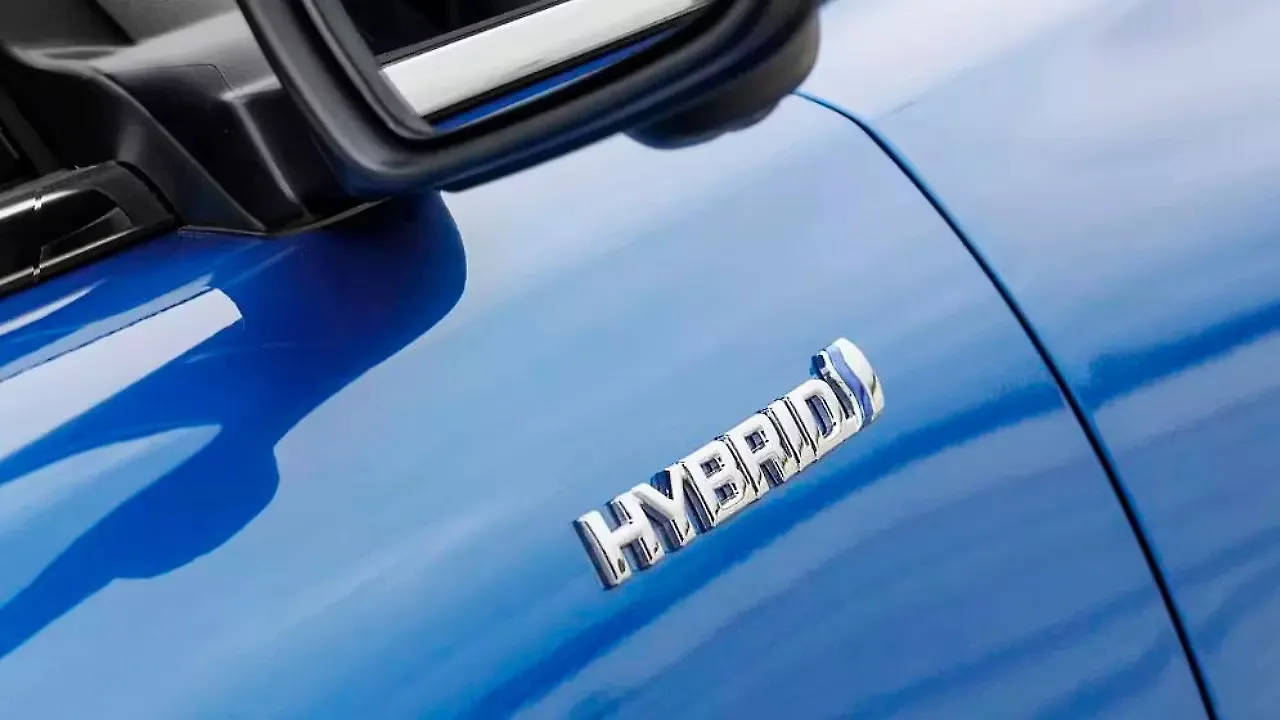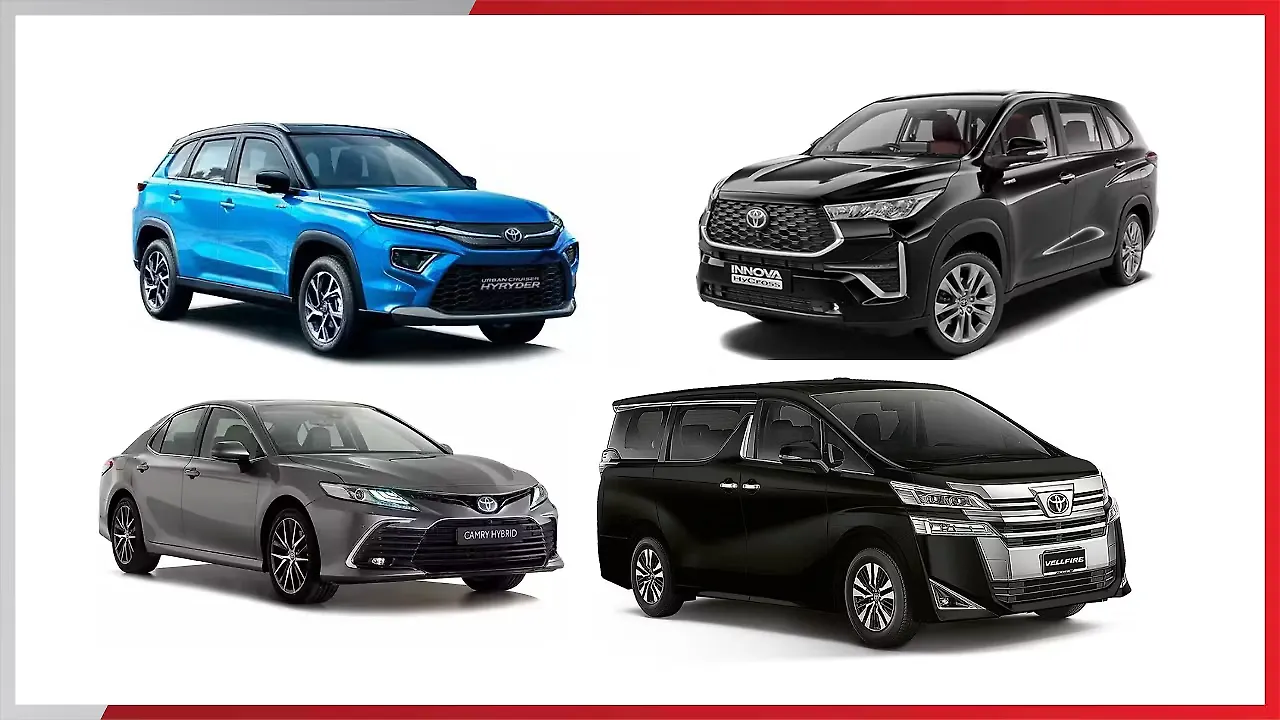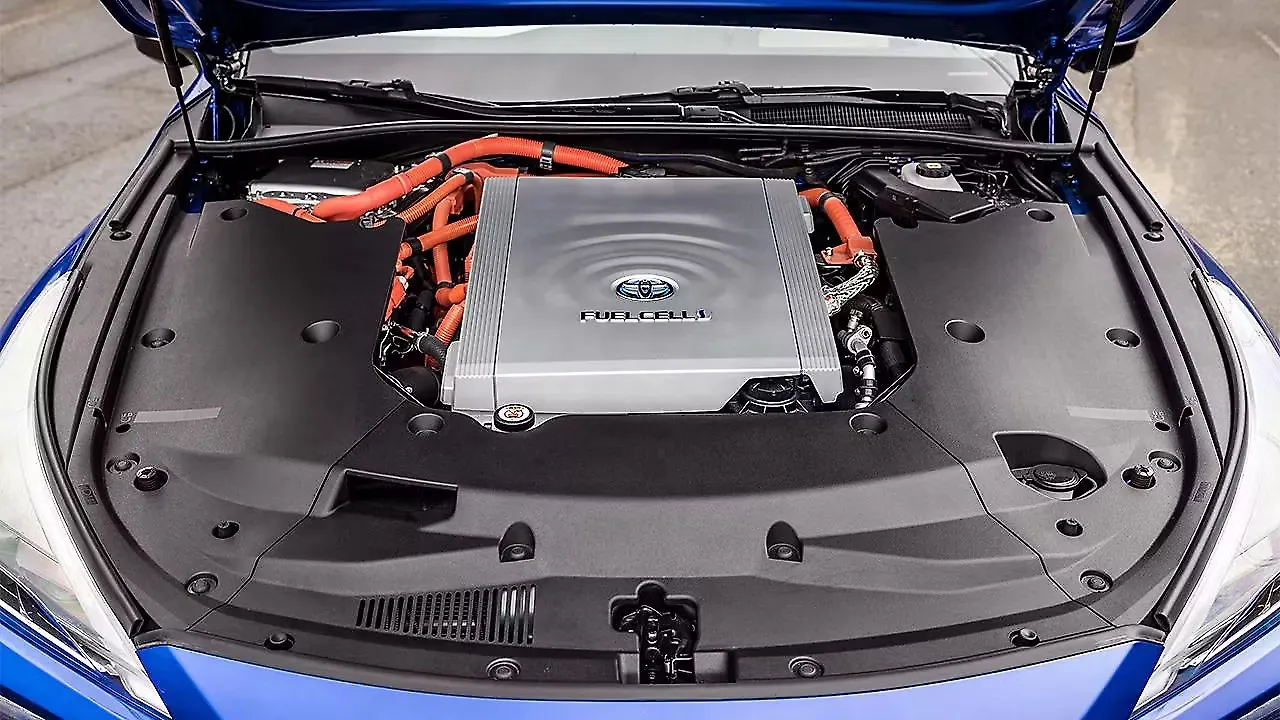
“In this race towards reducing carbon emissions, it is not about electric vehicles versus hybrids. I would rather think it is more about EVs and hybrids vs petrol and diesel vehicles,” said Vikram Gulati, Country Head and Executive Vice President, Toyota Kirloskar Motor (TKM).
While the Centre is targeting 30% EV sales by the end of this decade , he told Mobility Outlook that most new vehicles would still be ICEs (internal combustion engines). This period is expected to see car sales cross nine million units which means that ICE will account for nearly six million vehicles translating into “an adverse effect on the environment”. Gulati said it was, therefore, important for green technologies like hybrids to play a role and ensure a smooth transition to cleaner fuel options. A strong hybrid technology would not only help consumers understand the working of an EV but also allow them to gradually transit by giving them the comfort of an ICE.
By doing so, there would be enough time to create a manufacturing ecosystem for electric parts and ensure an easy move from complete ICEs to EVs. Hybrids would also help facilitate the shift to options like hydrogen. Interestingly, Toyota in Japan sources e-drive units for the Mirai hydrogen four-wheeler from India.
Extending To Hydrogen
As Gulati said, many components for EVs and strong hybrids are used in hydrogen vehicles too. “Once the ecosystem for EVs comprising strong hybrids and BEVs comes up, a lot of these parts will go into a hydrogen vehicle,” he added.
Toyota had brought the Prius hybrid to India through the CBU route some years ago and even though numbers were modest, customers noticed its positives. Today, the company has the Urban Cruiser Hyryder, Innova Hycross, Camry and the Vellfire in its hybrid portfolio. Its luxury vehicle division, Lexus, has hybrids accounting for 98% of sales.
Customers have responded a lot better too since they acknowledge its lower operating costs and the obvious green benefits. High demand for the Urban Cruiser Hyryder and Innova Hycross has prompted Toyota to introduce a third shift at its Bidadi plant in Karnataka.
Yet, hybrid technology involves significantly higher upfront costs compared to ICE counterparts. Beyond the fact that there is an electric powertrain, in addition to the conventional petrol option, tax benefits are hardly anything to write home about since they are pretty much at par with ICE vehicles.

Lowering Taxes
Lowering the levies will help in terms of better air, generating demand and creating a vendor base for EV manufacturing. “Most markets have evolved this way and other upcoming markets like Thailand and Indonesia are following the same approach,” said Gulati.
Back home in India, the Centre is also focusing on other clean alternatives like flex-fuel where it has already mandated 20% ethanol mix for every vehicle sold post July this year. Gulati said hybrids would act as a pathway from flex-fuel to EVs.
Brazil, for instance, has a strong demand for hybrid flex-fuel vehicles and data shows the technology has a carbon well-to-wheel footprint of 29 g/km compared to 60-70 g/km for a BEV using the European energy mix.
As for hydrogen, Gulati said the INR 19,000 crore outlay for the green hydrogen mission would definitely put its use on the fast track. The Centre is also looking at renewable energy generated at one given place and used elsewhere without the transmission and freewheeling charges. All this augurs well for hydrogen in large vehicles like trucks and buses.
“What can truly accelerate use of hydrogen in the automotive space is the internal combustion engine-based hydrogen vehicle,” said Gulati. Fuel cell stacks which are unique to hydrogen vehicles will, however, take more time to develop.
Localisation Challenges
“These are going to be a little bit more difficult to localise because of the lack of scale. Unless volumes are decent enough, they are not viable,” he added. He was more upbeat about special hydrogen cylinders whose use extends to different sectors and localisation “is likely to happen faster”.

By the end of the day, said Gulati, the world needs a host of technologies to address the needs of clean air. Subcategories of a particular technology would actually emerge faster like hydrogen ICE where some companies showcased models at the recently held Auto Expo in New Delhi.
For BEVs, he said infrastructure readiness, price sensitivity, per capita income, etc would be key determinants in India. According to Gulati, three-wheelers would lead the way here followed by two-wheelers or buses.
Also Read
Toyota Kirloskar Steps On The Gas In Carbon Neutrality
Daimler, MFTBC, Hino, Toyota Sign MoU For Hydrogen, Carbon Neutrality